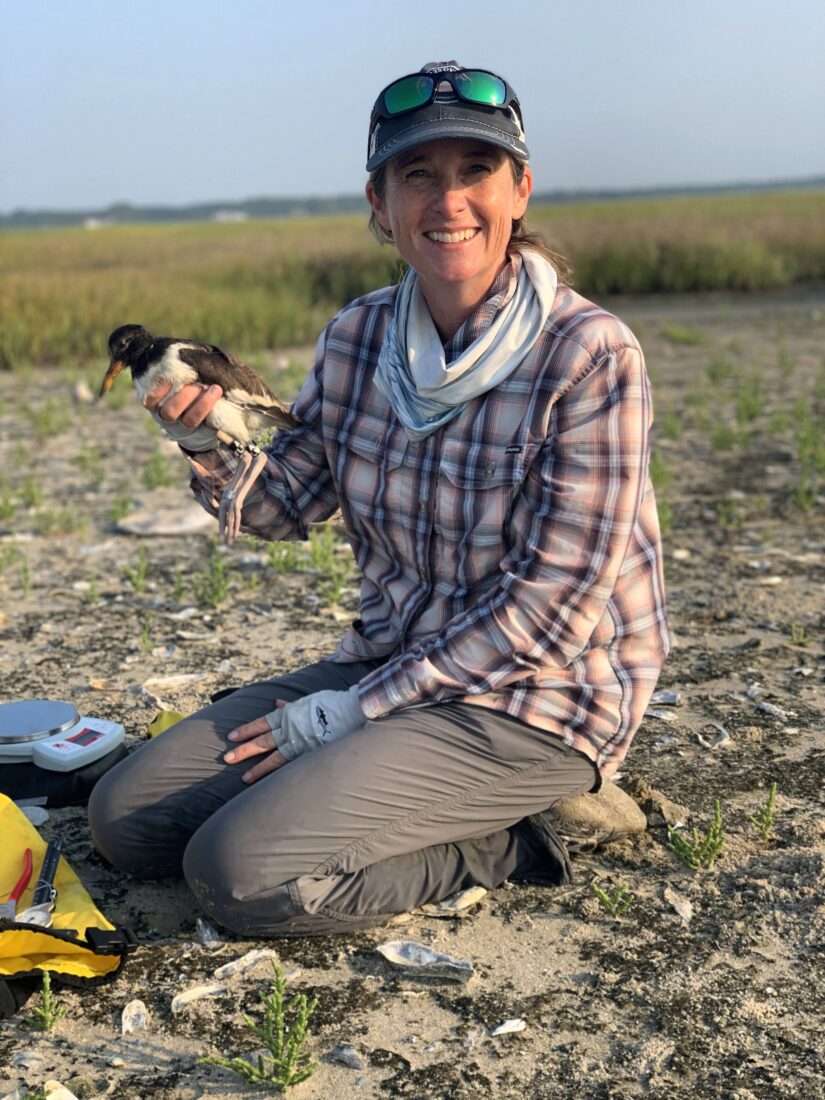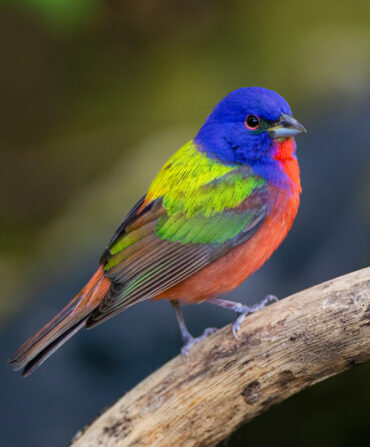An ever-changing labyrinth of winding inlets and shifting sands, the barrier islands along Virginia’s Eastern Shore have been home to pirates, Prohibition-era smugglers, coastal resort guests, luxury hunt clubbers, and generations of families. Today, you would never know the area was ever inhabited by humans. A critical stopover for migratory birds whose deftly camouflaged nests dot the dunes and shell-flecked beaches, the seventy miles of windswept sand and surf that comprise the Volgenau Virginia Coast Reserve are only accessible by boat. To experience the flavors, history, and nature of these islands, you must seek the expertise of the following stewards.

Alex Wilke, the Nature Conservancy
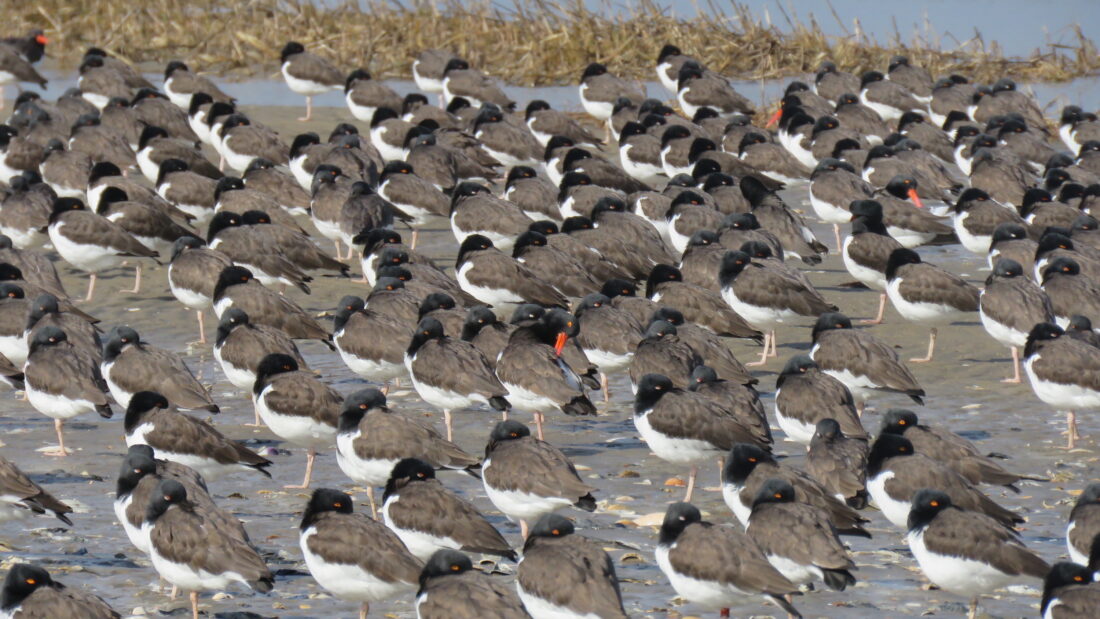
In the late 1960s, developers planned to connect mainland Virginia to the islands with bridges akin to the ones in Ocean City, Maryland, or North Carolina’s Outer Banks. Those bridges—and subsequent condos, hotels, and homes—were never built thanks to the Nature Conservancy, which quietly purchased fourteen barrier islands that now make up the Volgenau Virginia Coast Reserve. These forty thousand acres are home to hundreds of thousands of shorebirds that visit the islands to rest, nest, or bulk up for their next stretch of migration. The orange-billed American oystercatcher is a favorite of Alex Wilke, the leader of the Conservancy’s migratory bird program. “There are some oystercatchers I banded as chicks that I still see. These birds are upwards of twenty years old,” Wilke says. Despite their longevity, the winged visitors are part of a fragile ecosystem, one in which “just one group or one couple disturbing nesting sites at the wrong time can have a huge impact on the wildlife,” she explains. Learn more about how to safely visit the islands via the Nature Conservancy’s website or Explore our Seaside.
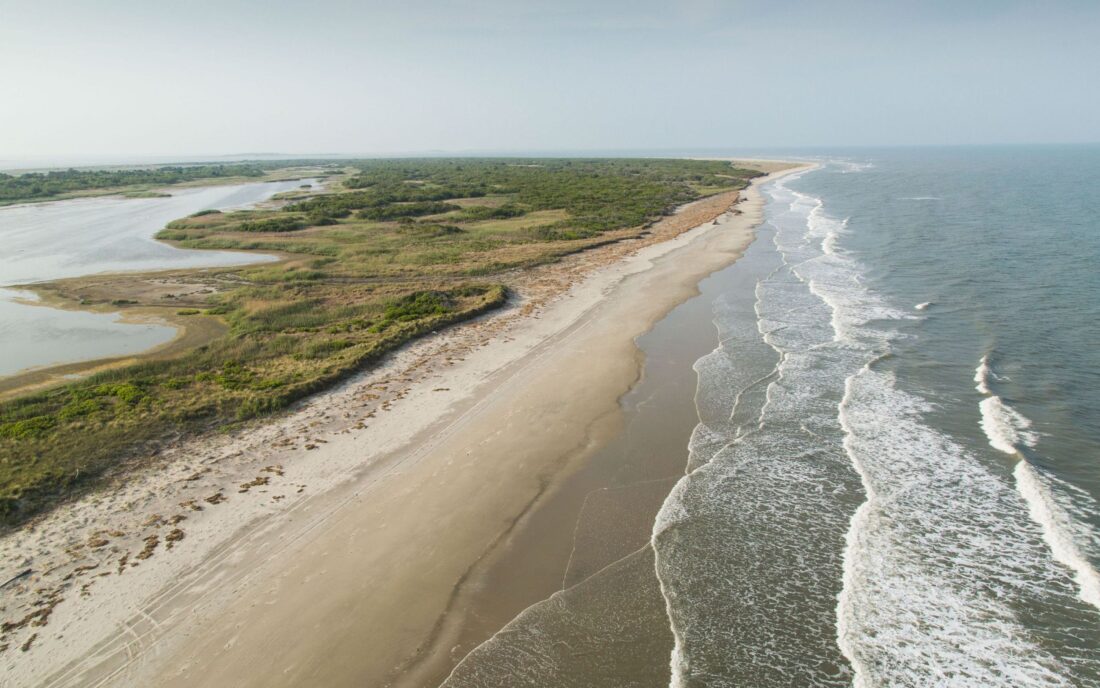
Anna and David Lee, Barrier Islands Salt Co.
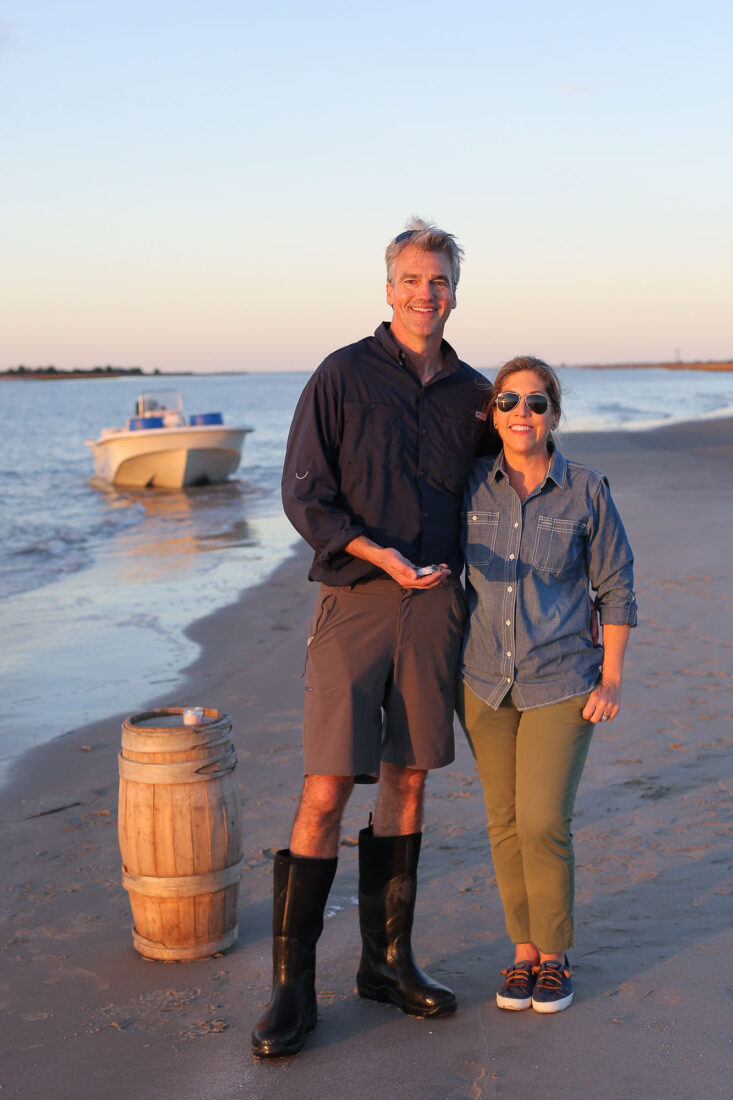
Since 2018, Anna and David Lee have been harvesting buckets of saltwater from the depths off of Cobb and Hog Islands to make their pure-flake sea salt. Anna’s experience launching Mediterranean sea salt for McCormick & Co. and David’s Coast Guard background merge to create a product that, like good wine, is a reflection of its place of origin. Huge, light flakes with a clean, briny sweetness transport you to the longest stretch of coastal wilderness on the East Coast. “You’re just surrounded by this vast, beautiful expanse of nature. It’s almost like going to church,” Anna says of the landscape. Use Barrier Islands Salt to add texture to salads, elevate a juicy hunk of watermelon, or wake up a brown-butter chocolate chip cookie. Tour the company’s production facility and shop the general store (the salt runs from $12) inside their historic mercantile building at 16429 Courthouse Road in Eastville, Virginia.
Sally Dickinson, Barrier Islands Center

In 1839, Nathan Cobb purchased what would be known as Cobb Island for $150 and a wagon-load of salt made from the same waters the Barrier Islands Salt Co. draws from today. For four decades the Cobb’s Island Hotel, a luxury resort, hosted nineteenth-century vacationers looking to hunt, fish, and relax on the beach. Despite Cobb’s efforts to tame the island, storms and drifting sand forced his family and the inhabitants of other islands to the mainland. Standing on the windswept shore where the hotel used to sit, “you get the sense that you’re out there on the edge,” says Sally Dickinson, executive director of the Barrier Islands Center (BIC), where you can view preserved relics of life on the islands. An intricately carved harp from the Cobb’s Island Hotel ballroom, photos of the stately Accomack Hunt Club on Paramore Island, a weathered spinning wheel that turned Hog Island sheep wool into yarn, and an impressive collection of hand-carved duck decoys are just a few of the museum’s treasures. The BIC, located at 7295 Young Street in Machipongo, Virginia, offers year-round free entrance and hosts an annual oyster roast the last Saturday in February, plus Art & Music on the Farm during Memorial Day weekend.
Meriwether Payne, Seaside Ecotours
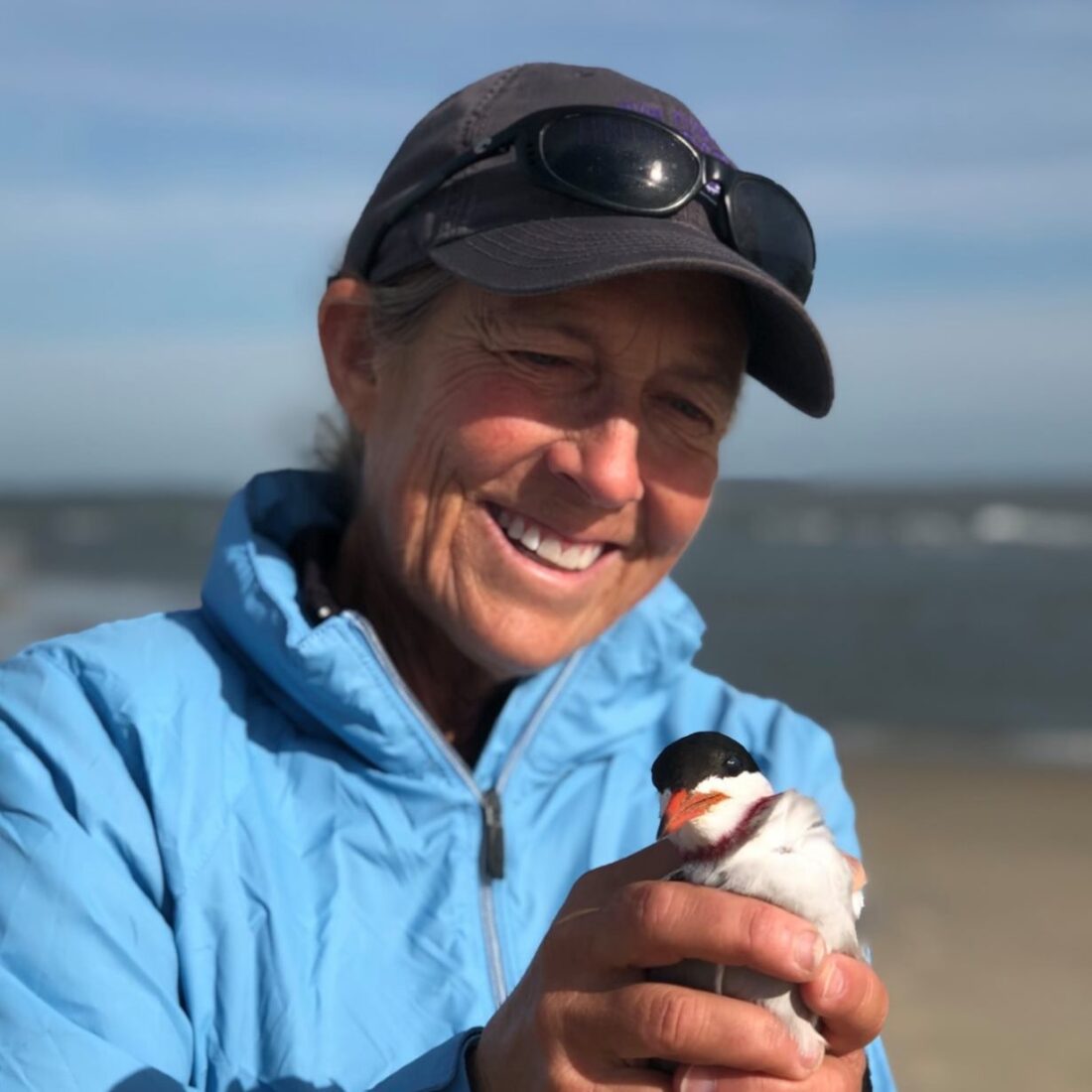
Captain Meriwether Payne’s love of birds began as a child when her father, who was involved in the Nature Conservancy island acquisition, brought her to the shelly flats of Cedar Island. “I remember seeing little depressions in the shells and sand where these so well-camouflaged eggs and nests were,” Meriwether recalls. From that point, she understood that “the islands are there for the birds first, humans second.” A certified ecotour guide with experience monitoring birds for the Nature Conservancy and conducting fish counts for the Virginia Marine Resources Commission, Meriwether abandons any script, letting her deep knowledge and love of the birds and islands guide her—thus no two tours are ever the same. “Whether I’m by myself taking it all in or I’ve got people on the boat with me, it’s definitely my happy place,” she says. Seaside Ecotours can accommodate a maximum of six passengers for trips starting at $250.
Dave Burden, SouthEast Expeditions
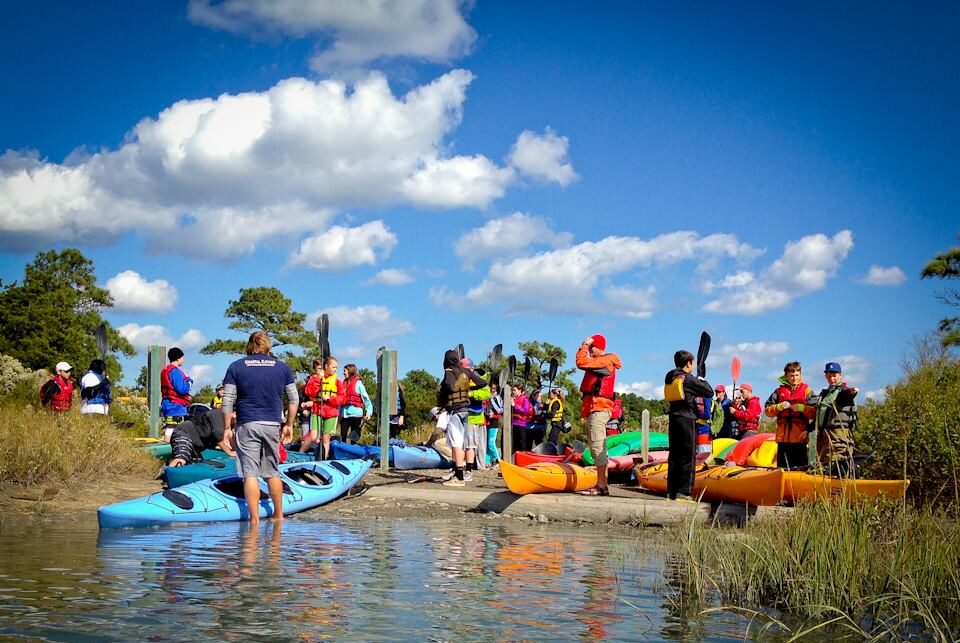
After shoving your kayak off shore at the Eastern Shore National Wildlife Refuge, you enter into a winding saltmarsh corridor that owner and kayak guide Dave Burden considers a world-class paddling destination. “If I sat down with God and designed a route for us to paddle, I could not have done a better job. It’s just perfect,” he says. Burden has paddled on every continent except Antarctica but prefers the eelgrass-lined channels of marsh creeks through which he’s led tours for the past twenty-five years. He designs experiences for all skill levels, from beginners looking to drift alongside blue crabs and great blue herons to kayak experts who want to test themselves in the island surf. This summer, you can find SouthEast Expeditions at 7 Strawberry Street in Cape Charles, Virginia, where you can schedule a barrier island kayak tour starting at $55 per paddler.


